Your cart is empty now.
It is not just the magnum opus, but a truly monumental effort of a scientist- philosopher who has spent a whole lifetime to formulate a unitive science, wherein all disciplines of human questing could find a common ground a science where modem science and ancient spiritual wisdom could meet and merge like two opposite poles of a magnet. As a direct disciple of one of the great rishis of the modem age, Nataraja Guru discovers this common ground in Brahma-vidya, which he calls the "Integrated Science of the Absolute", and which has, at its base, his Guru's Darsana Mala.
A string of hundred Sanskrit verses, composed by the mystic-poet, Narayana Guru (1854-1928), the Darsana Mala is the very "epitome of all visions of truth" inspired by his remarkable acquisitions of Upanisadic thought and, yet far more, by his Own tapas (mystical discipline). Reproducing these highly significative verses in Roman script, along with English translations, word meanings, and extensive commentaries, Nataraja Guru not only spells out his mentor's "Visions of the Absolute" in contemporary idiom, but also shows how these "visions" are fully validated by modem science.
Eclectic synthesis of varied scientific disciplines into a systematic whole is not all that Nataraja Guru accomplishes here. Rather, his book (now in third edition) is an attempt to reintroduce Brahma-vidya as the one Master Science that embraces every branch of science, every human interest.
About the Author
Narayana Guru, 1854-1928, born in Chempazhanti (Kerala), was a mystic, philosopher, visionary, poet and social reformer, who envisioned mankind's solidarity on the commonalty of human sentiments and, yet more importantly, on the irrefutable unity of the Self. Writing his works in Sanskrit, Malayalam and Tamil, he gave literature a new tilt and meaning to trumpet the message of social, political and economic change. The Nobel laureate Rabindranath Tagore found in this guru, at Sivagiri, the most ancient of rishis (seers) reliving the wisdom of Advaita.
Nataraja Guru (1895-1973), a direct disciple of Narayana Guru, studied under Henri Bergson at the Sorbonne - where he took his doctorate in Educational Psychology. His scheme of correlation between science and mysticism amounts to an epochal advance in philosophy. This scientist- philosopher also authored a number of books which, besides An Integrated Science of the Absolute, include Experiencing One- World, and In Search of a Common Language for Sciences.
IN seeking certitude in the name of a Science of the Absolute, covering at one and the same time the subject-matter of physics and the object-matter of metaphysics, we have travelled over five chapters. These chapters had their starting point in the problem of the visible world presented to thinking man. Such a world is 'out there' and cannot be present without some cause. Both philosophy and science agree in trying to explain mere appearances by delving into causes, immediately or remotely implied in the phenomenal world of effects. Colours have vibrations as their causes, and different kinds of vibrations might be an explanation for the varied colourful appearances. As a universal phenomenon given to the senses even this colourful appearance has to be included within the totality of any reality in a complete Science of the Absolute.
This colourful world presented to us can be subjected to deeper and deeper research. Travelling from apparent effects to causes imagined to lie one behind the other and treated as a whole, the world presented to us can have one cause. When cause is equated to effect and when the limbs of such an equation are considered interchangeable, we have a form of absolutist enquiry which properly pertains to the context of the first chapter. When cause and effect are directly related as dialectical counterparts we have a process and a method of reasoning which, starting from extreme effects consisting of essences of a mathematical order, proceeds negatively by stages to the inclusive notion of a material cause for the whole phenomenal world. Cause and effect are treated as belonging together to one and the same context of the Absolute. There is here a transition to be noted between the positive side represented by effects and the negative side represented by the total cause.
The end of the first chapter marks the absolutist status of an overall cause for phenomena in general. It also attained to an ontological and negative status. Such a cause is treated as a factor equal to the notion of God as the origin of all material manifestations, wherein every manifested object can be explained. Thus it is a negative method of research into a total cause that was undertaken in Chapter 1. The common man whose curiosity about the visible world takes the form of wonder and mystery is initially and summarily answered for the time being, within the limits of this chapter. A theological God 'sitting' in heaven as well as an ontological God who, like a seed to sprout, is the material cause, are both comprised within the scope of the chapter and given their legitimate position on the Omega and Alpha points of a vertical axis. The plus and minus and neutral structural ambivalent implications have also been recognized at the centre of this chapter. In the next four chapters we see how this negative reduction of effects into causes is further continued systematically. This reduction of multiplicity into unity is accomplished in the second chapter along lines acceptable to mathematics and science. Deeper and deeper seats of negative causes of a global or total order are revealed at the end of the third, fourth and fifth chapters, until we reach the terminating notion of the fifth chapter where the ontological Self is given a fully absolutist status of its own. The negative movement in the overall plan of this work attains its limit here, and from Chapter 6 onwards a reversal of methodology occurs.
1. The Three Steps in a Complete Philosophy
A unified or complete philosophy cannot subscribe to any partial or prejudiced standpoint. The True, the Good and the Beautiful are triple expressions generally treated together. In Vedanta the inseparable aspects of sai-cit-ananda (existence-subsistence-value) similarly belong together in a unified Science of the Absolute. Pure ontological existence has an added significance only when it is proved to be lasting and not transient. A correction is thus applied by reason to what is given to the senses as a simple datum. Even a lasting thing cannot be significant to human life just because it endures. It has to enter into human life as some item that is helpful in making life happy or at least tree from avoidable suffering. Philosophers who refuse to treat value-judgement as part of philosophy only show their partiality. To do this in the name of science, preferring logical norms to anything flavoring of a sentimental preference such as the god of a certain religion, or ethics, is a mistake.
We have examined elsewhere how this prejudice had its origin in the excesses of the Inquisition. The history of Christianity ever since it parted company with pagan wisdom and philosophy, is marked with the opposition that developed between Church dogma and scientific and pagan belief. Besides having carefully to accept or reject dogma and heresy even certain mystics like Meister Eckhart, Johannes Tauler, John van Ruysbroeck and St. John of the Cross were persecuted by the Church authorities. The story of such a development is a long and tortuous one to follow. Value-judgements were incorporated into Church dogma during the Middle Ages. Yet outside the official Church the mystics somehow managed to keep up a tradition of their own. This is where we find absolutist values, free from narrow dogma preserved intact, presenting a surprising richness and variety. After being excluded from philosophy for a long time we find a tendency recently to revive both axiology and epistemology.
The Good of Plato is found in classical philosophy, and the idea of the Christian God depends on this supreme axiological factor if it is to go beyond a Semitic interpretation. In order to mark out this idea of goodness so fundamental to Christian values, it must be remembered that first of all Plato was revalued in a revised version by the pagan philosopher Plotinus who also had a tremendous influence on Christianity. Another interesting pagan philosopher was the Emperor Julian, called an apostate by the Church, although he never formally belonged to it at all during his adult life. Julian depended largely on Plato and his highest value was Helios or the Sun. He conceives of Helios in three ways, first as transcendental, secondly as Helios-Mithras, and thirdly as the visible Sun.
Sample Pages


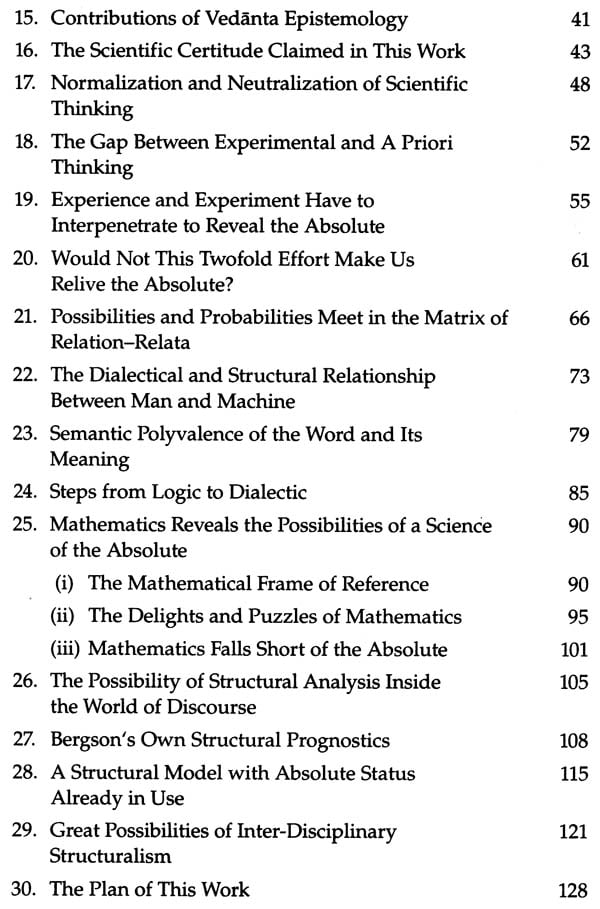
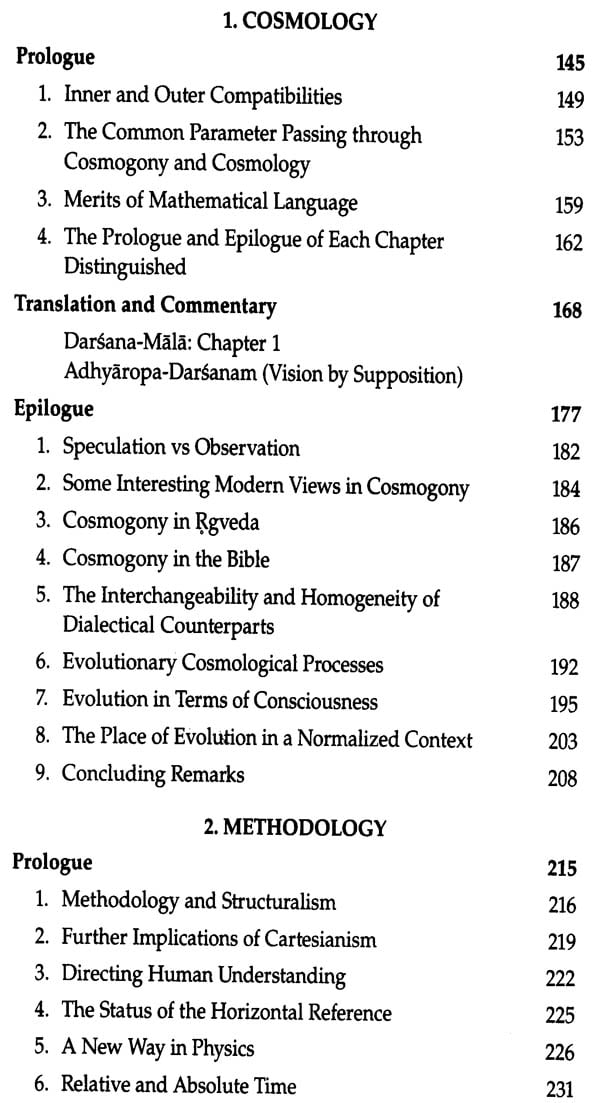

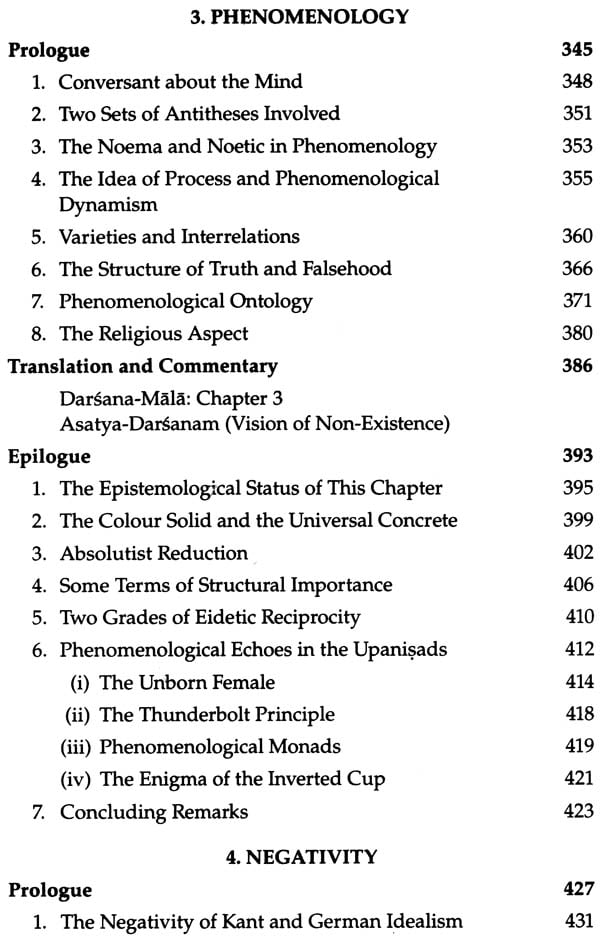
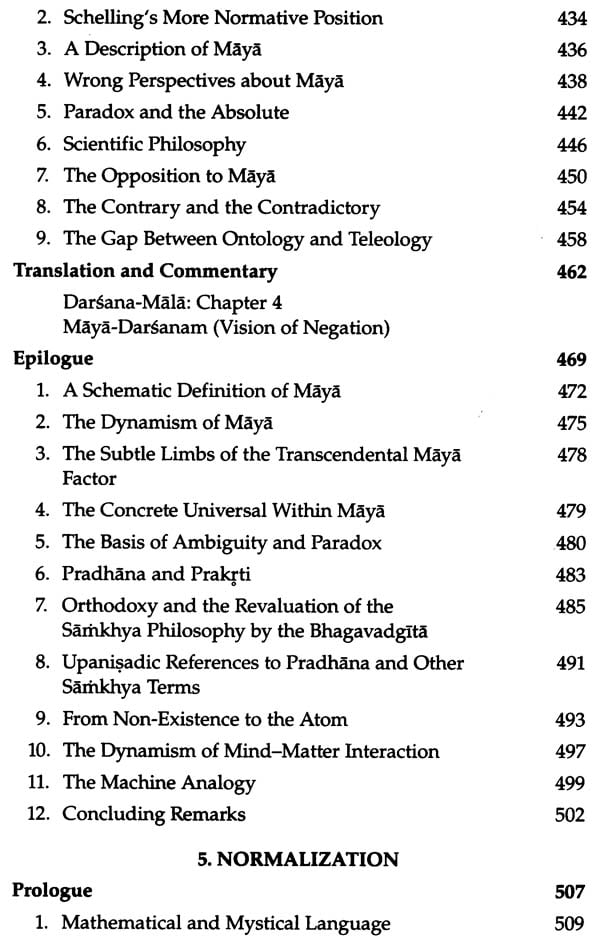

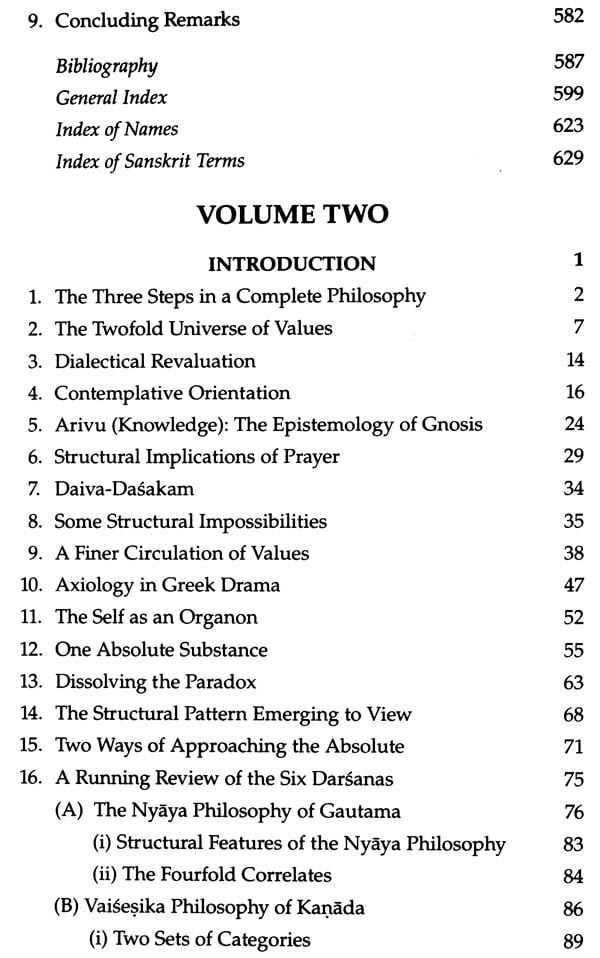
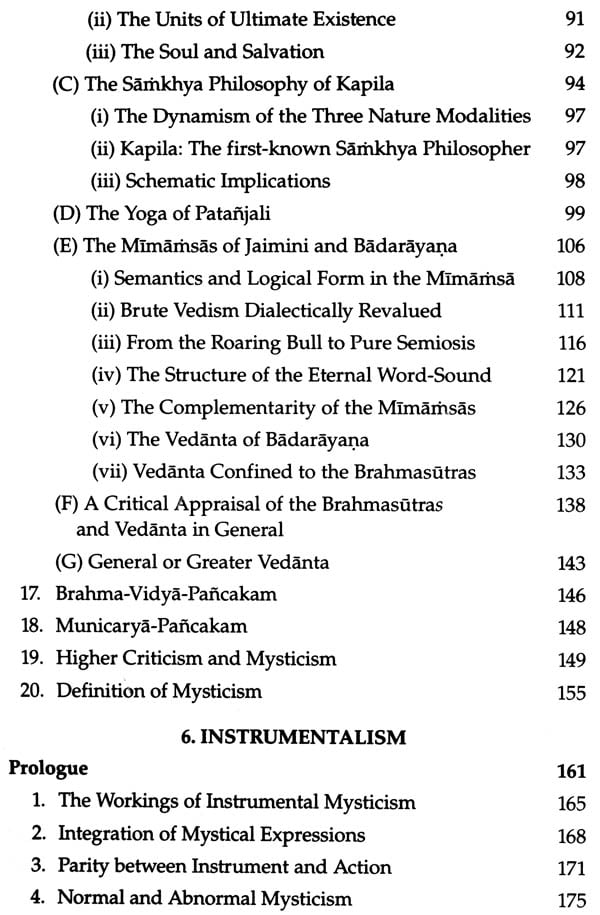
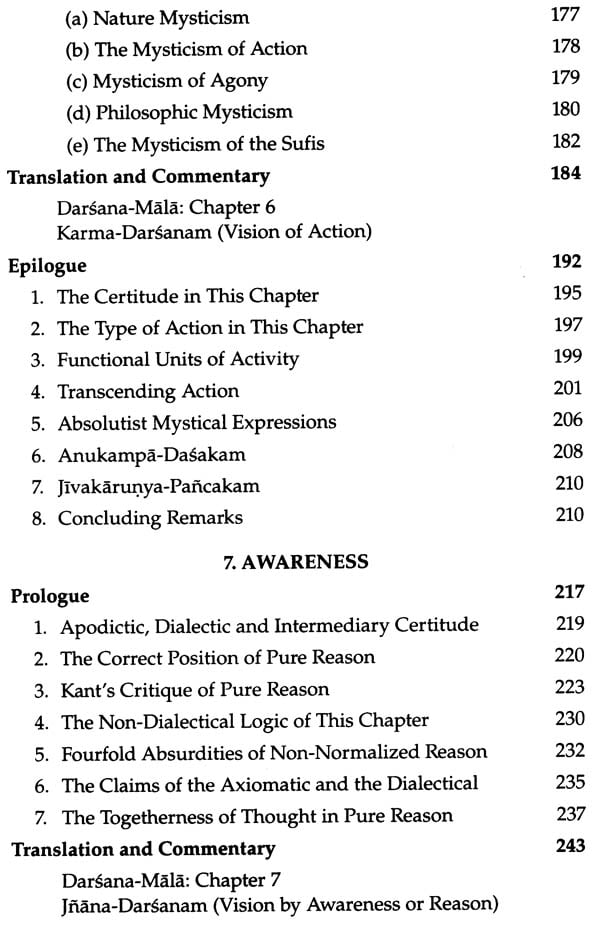
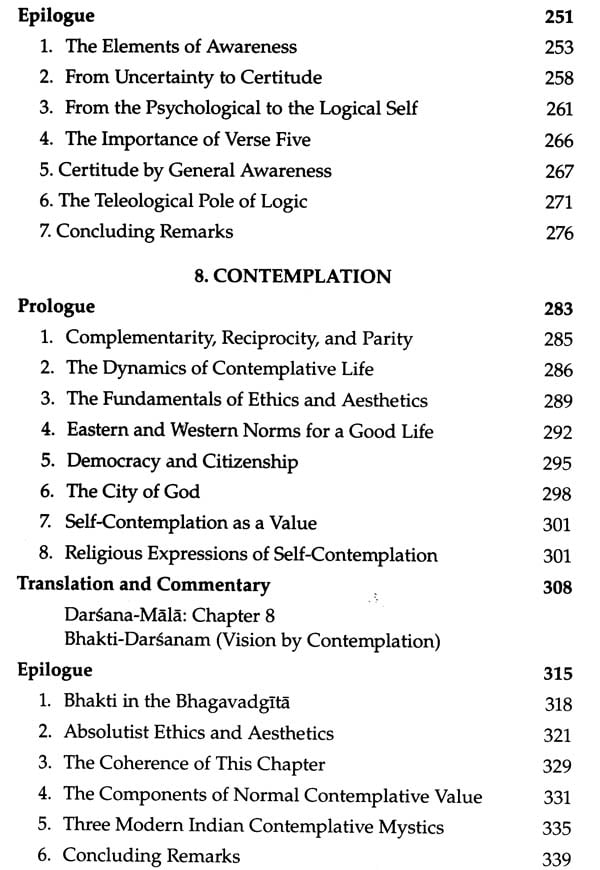

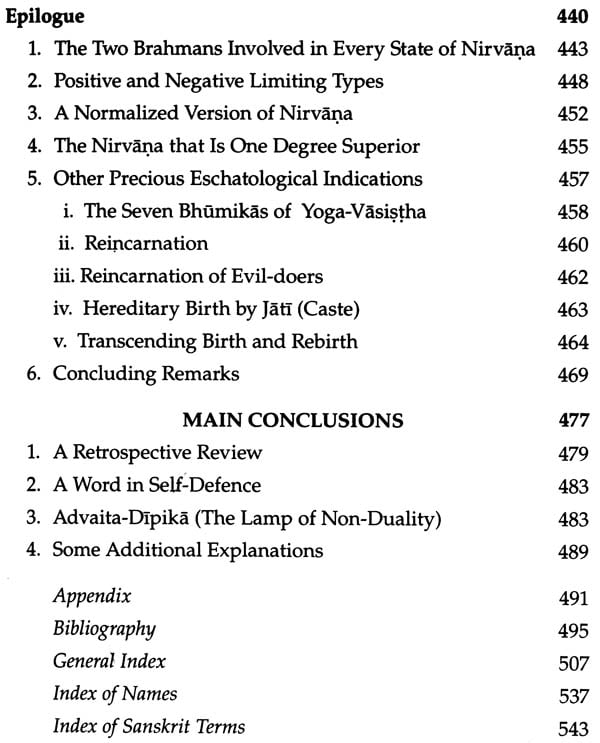
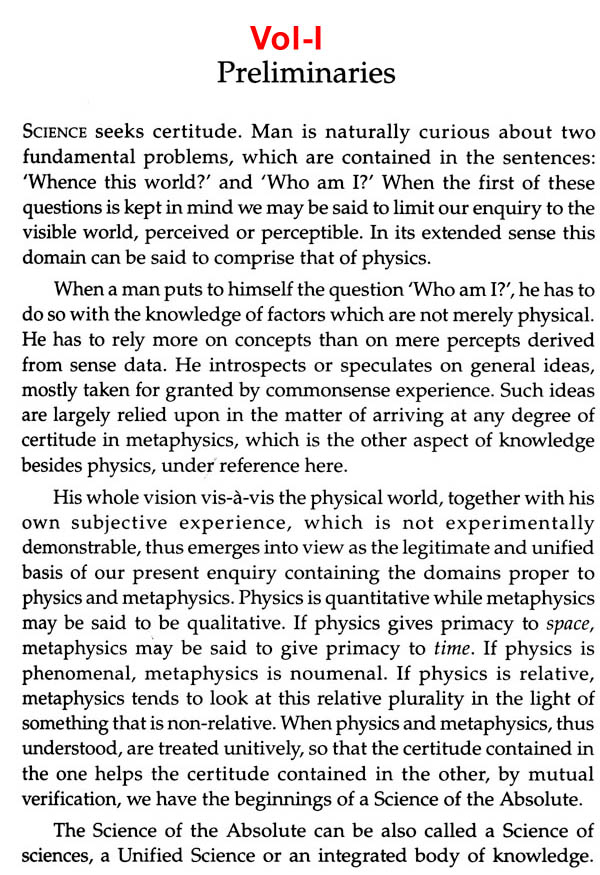
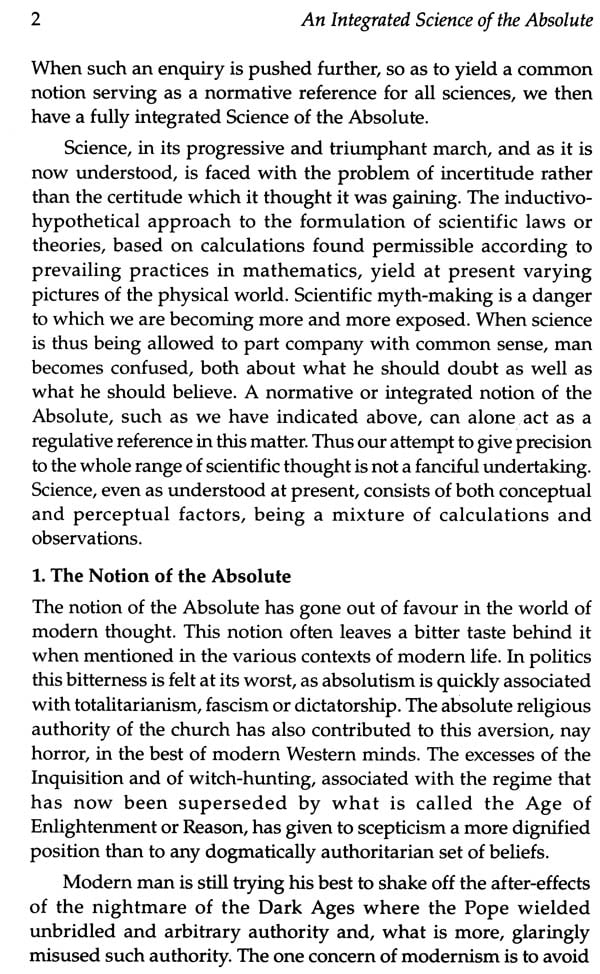
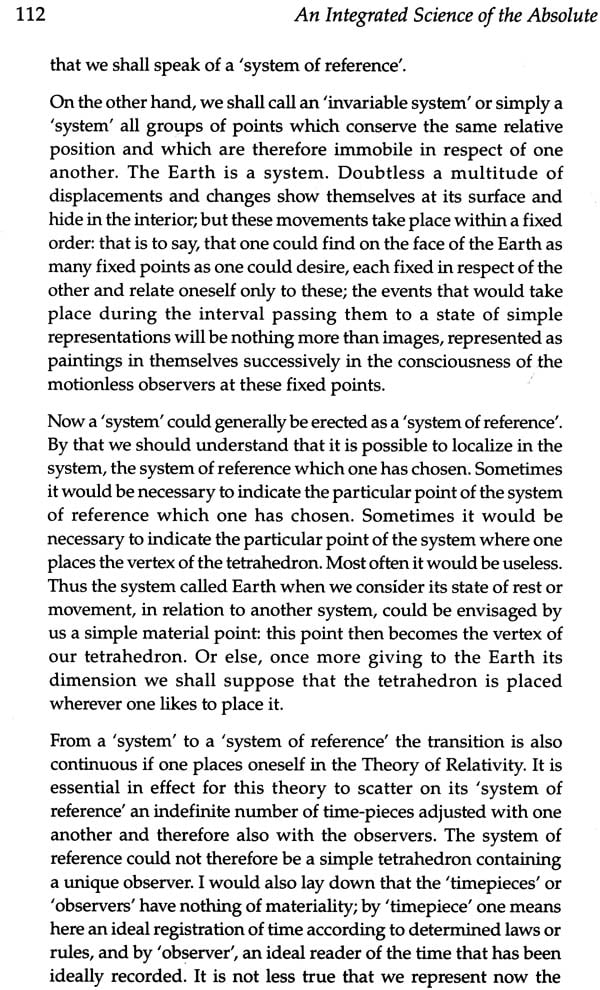
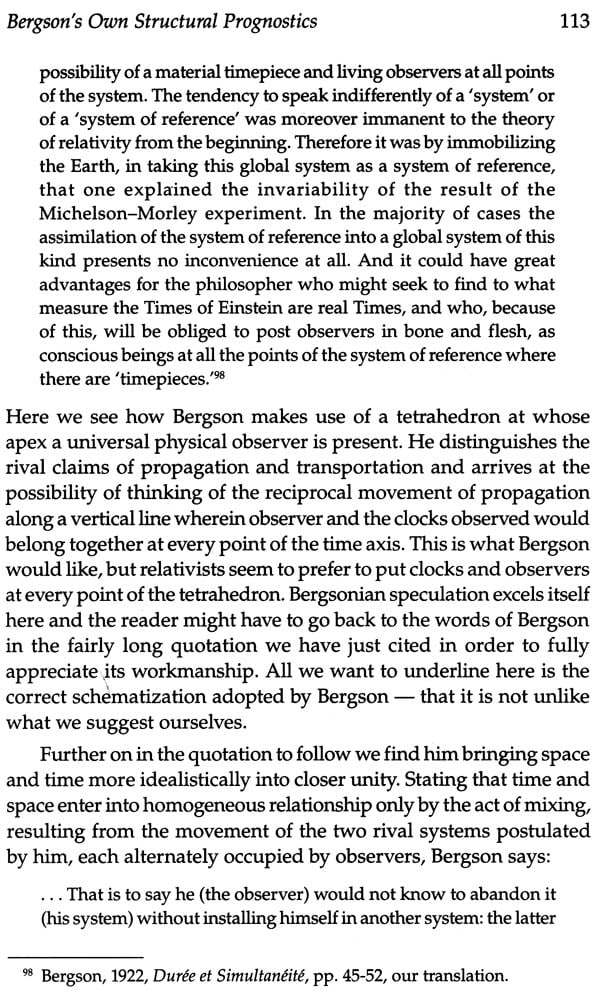
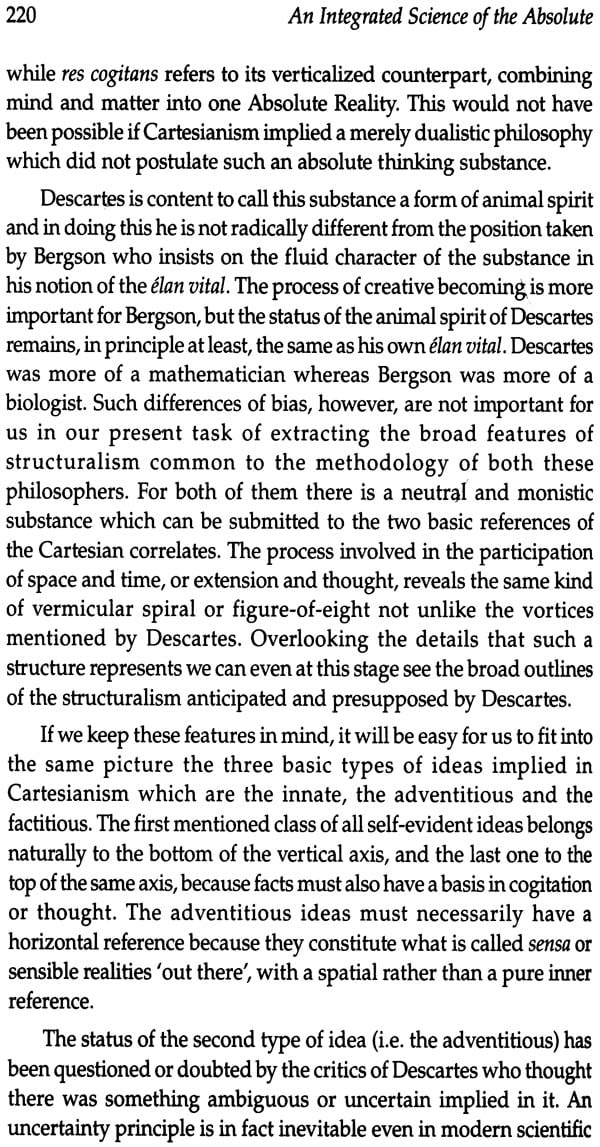
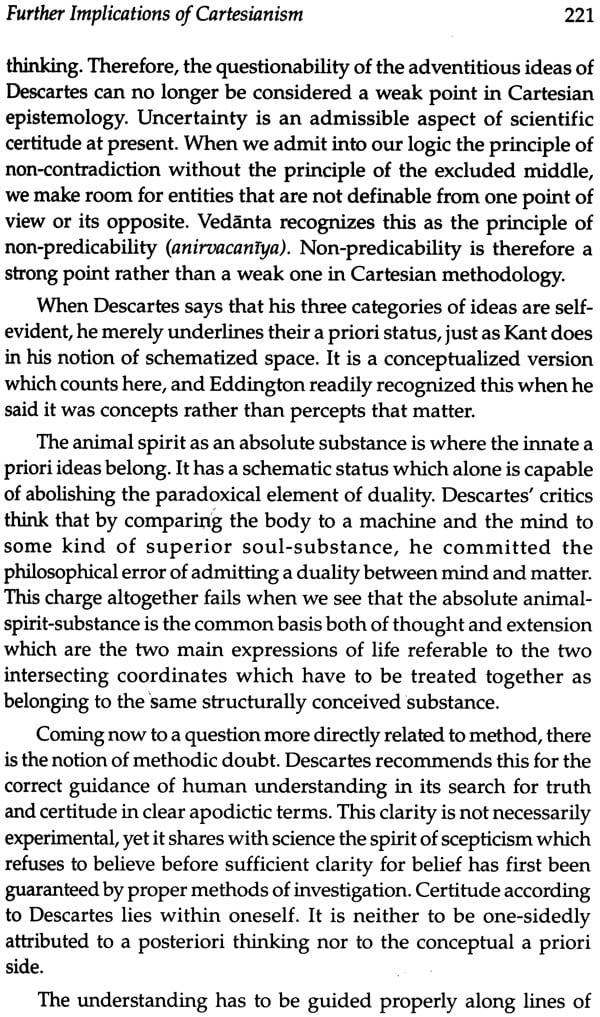
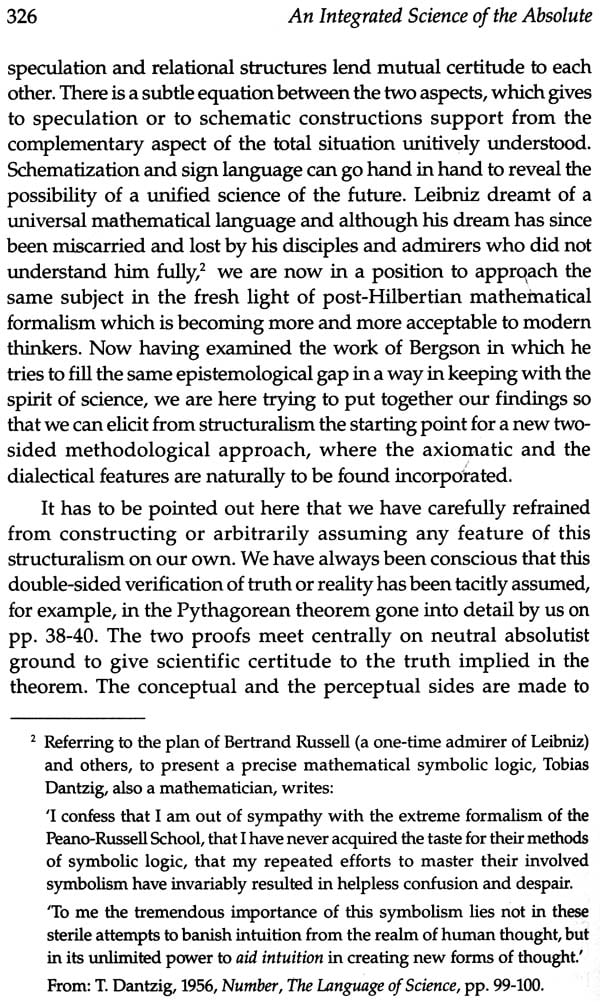
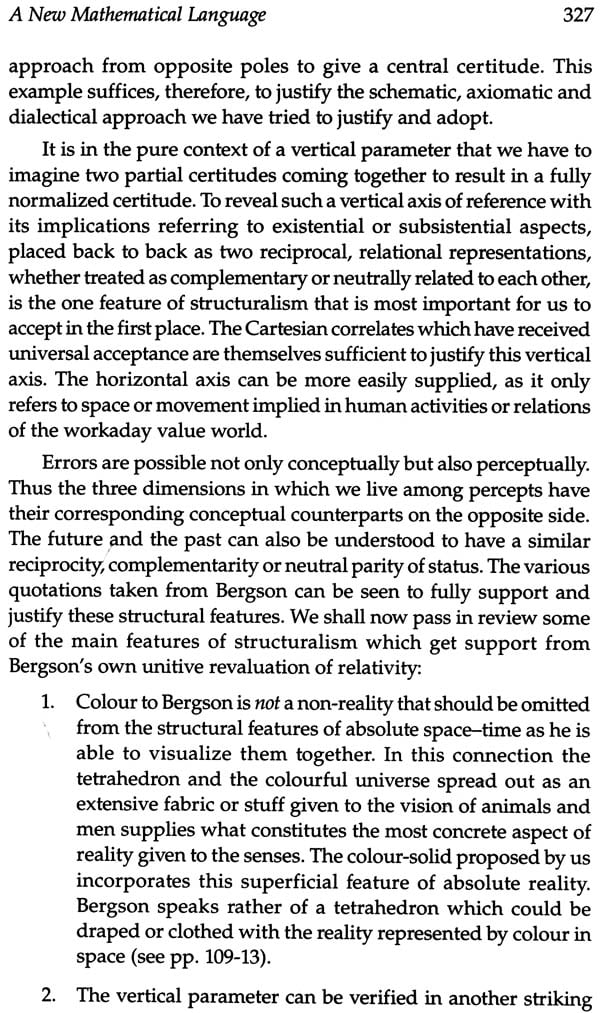
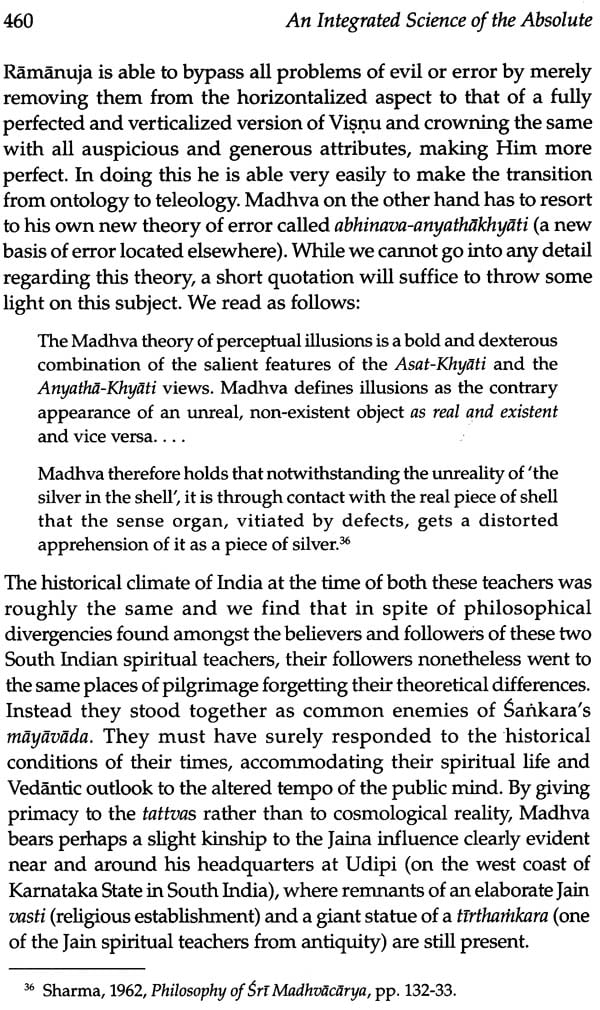

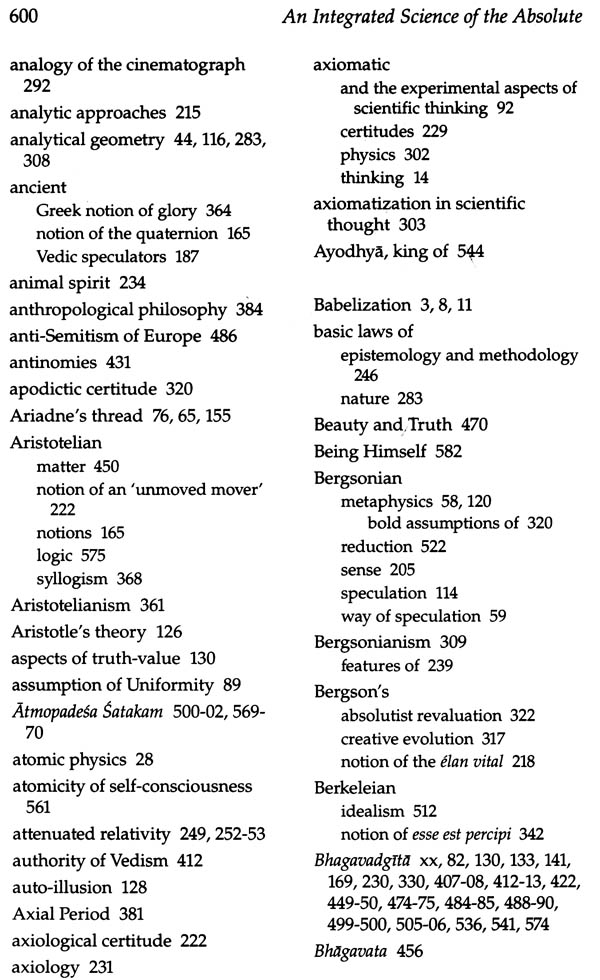
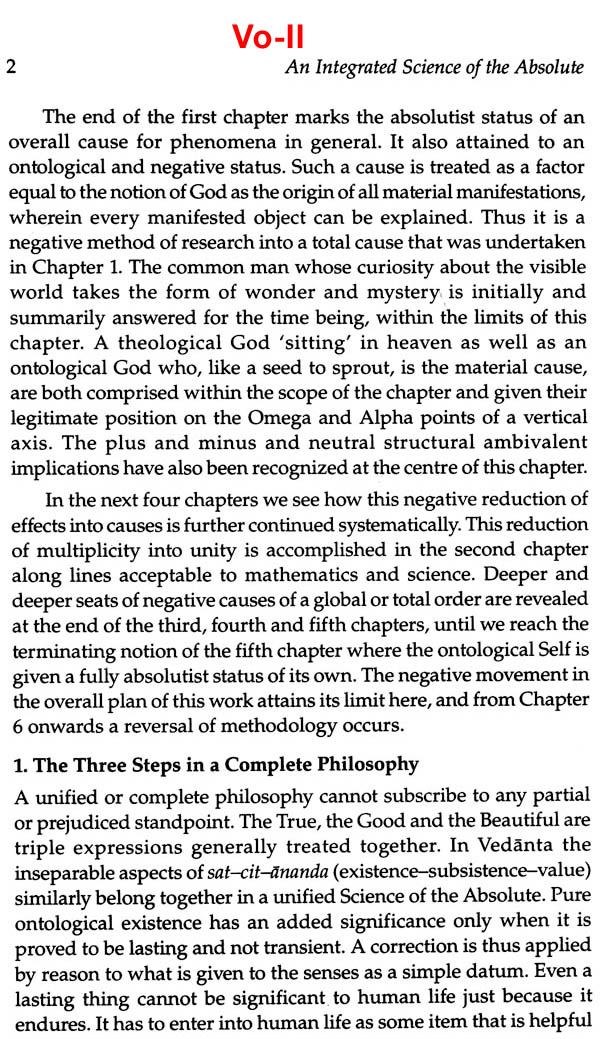
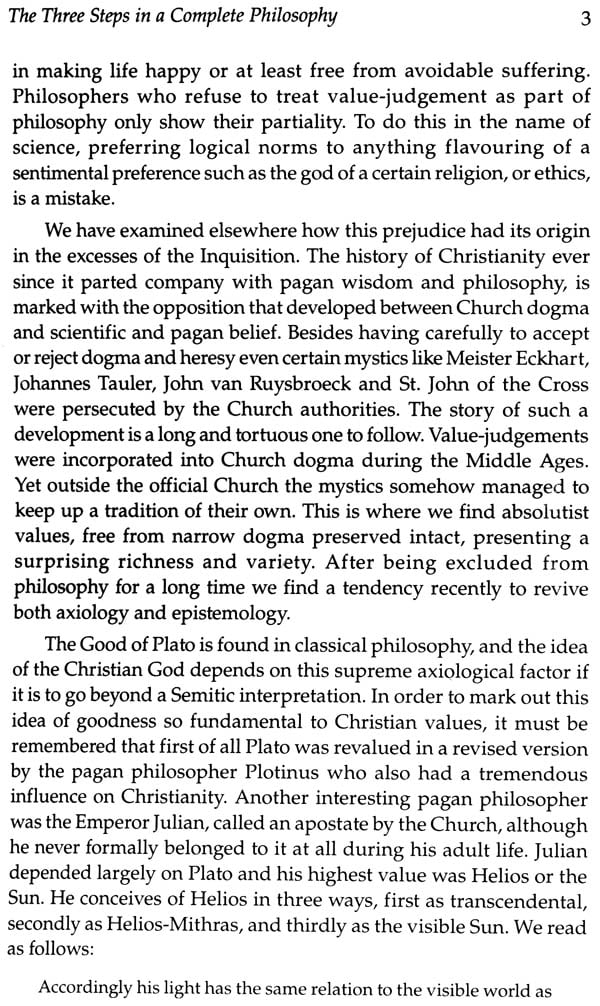
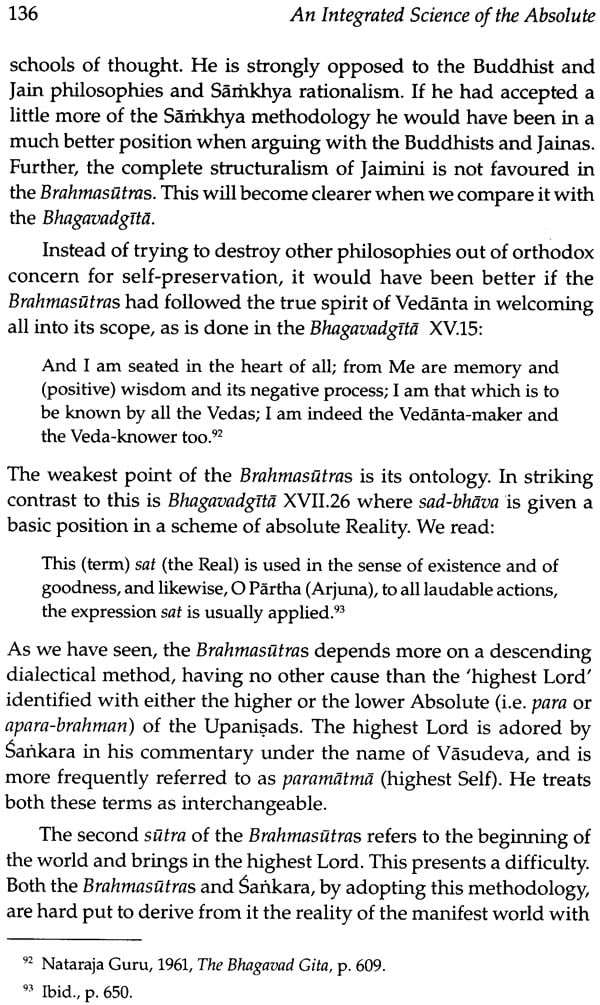
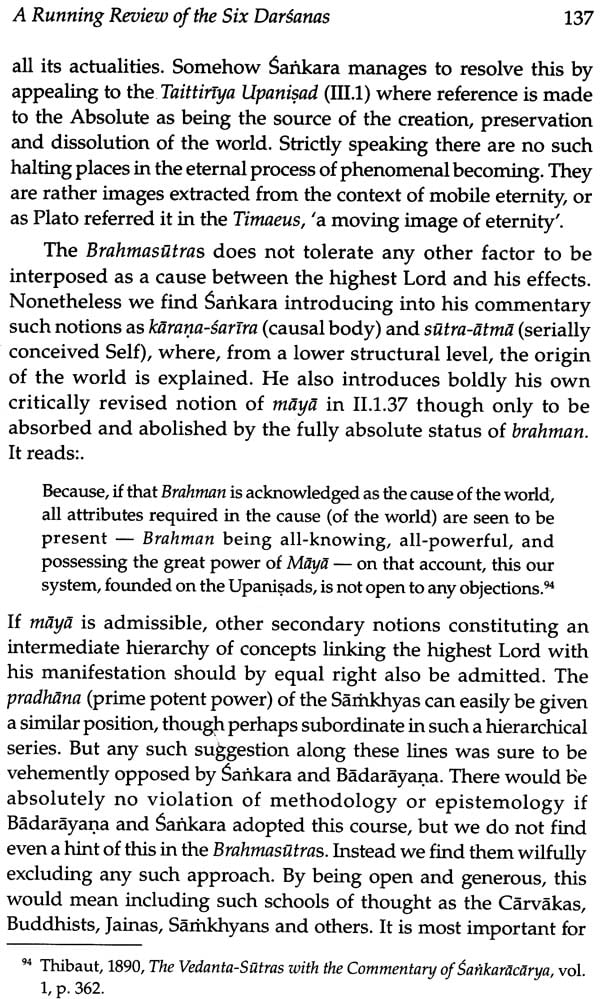
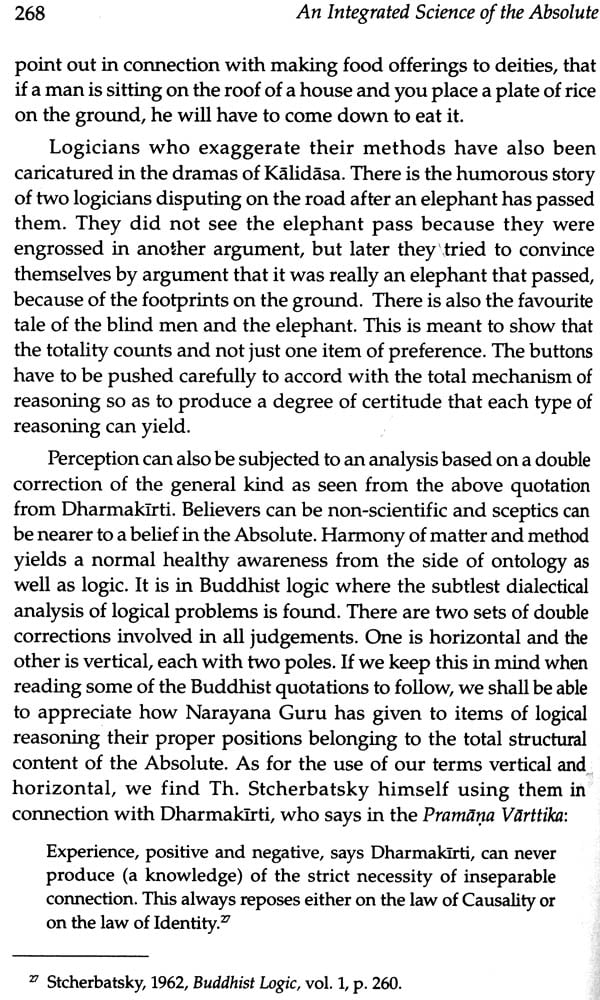
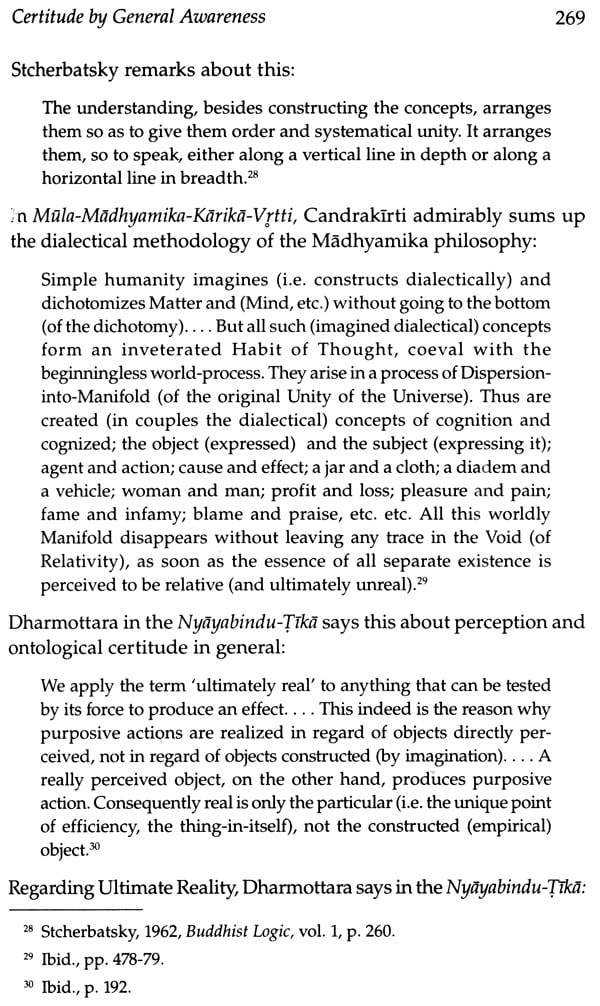
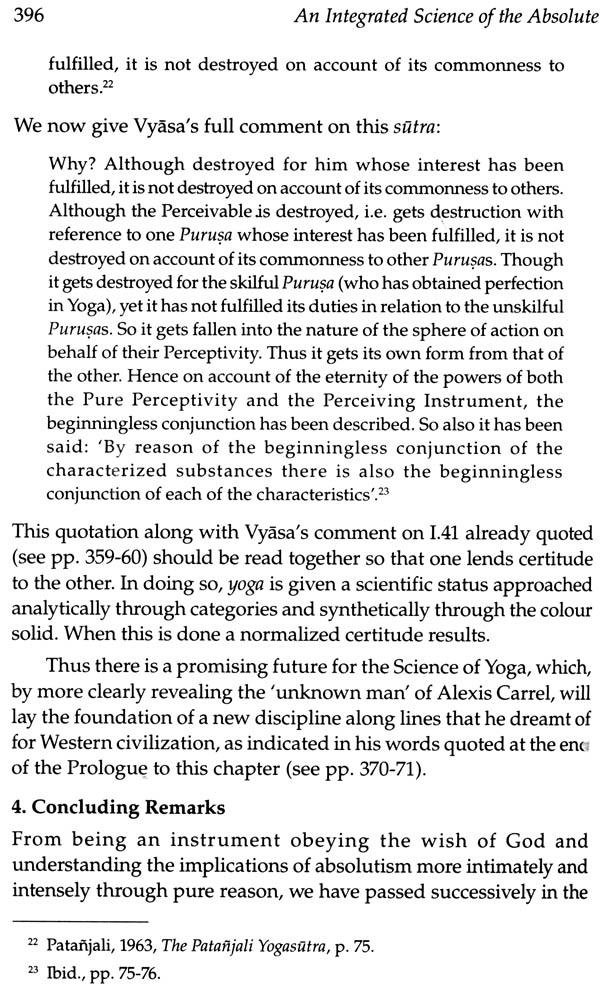
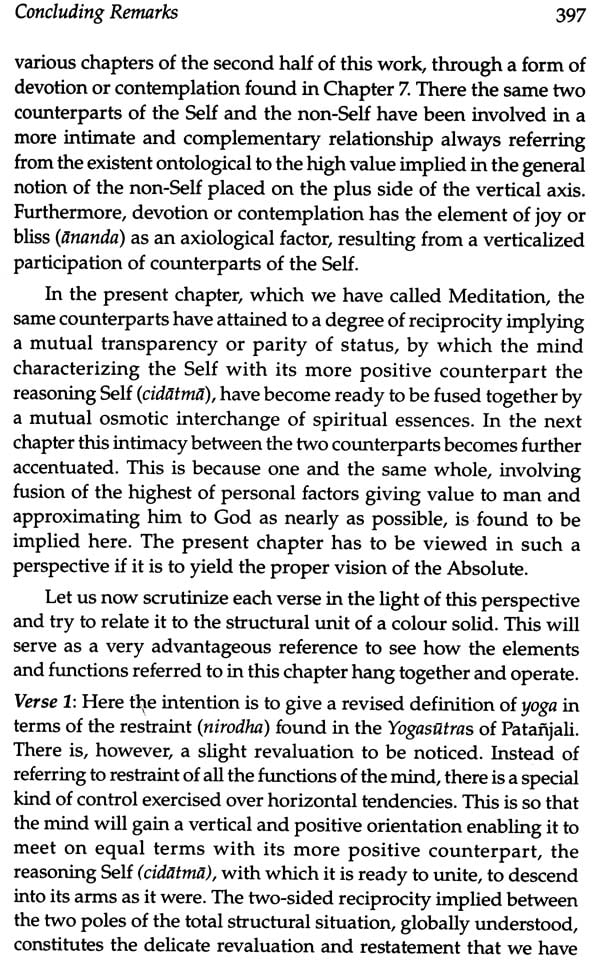

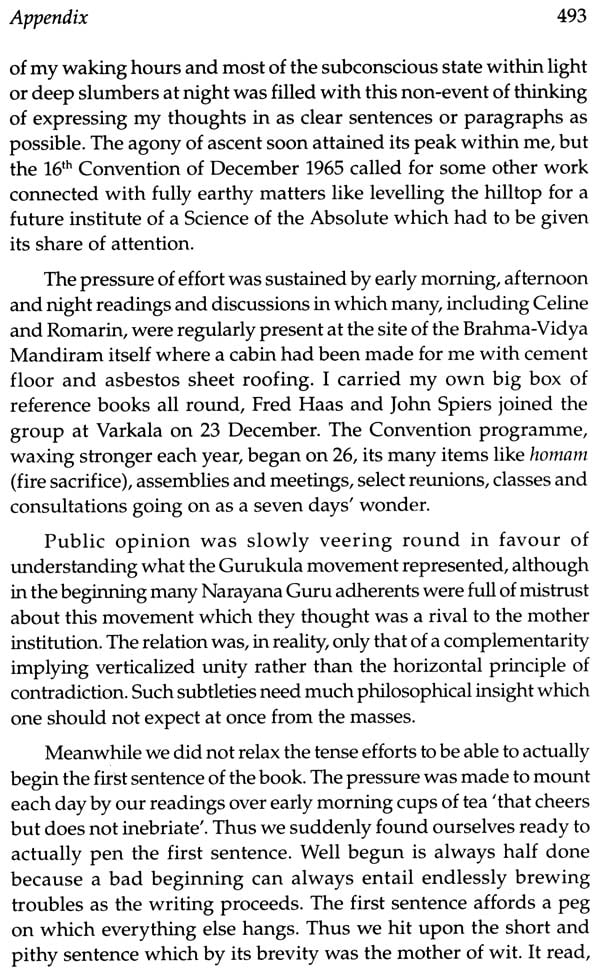
Delivery and Shipping Policy
- INTERNATIONAL SHIPPING
- Rs.1000-1100/kg
- ESTD. Delivery Time: 2-3 weeks (depending on location)
- Bubble Wrapped with Extra Padding
- NATIONAL SHIPPING
- NCR: Rs. 30/half kg
- Standard: Rs. 80/half kg
- Express shipments also available on Request
- ESTD. Delivery Time: Ranging from 1-4 days up to 7 business days (Depending on your choice of Delivery)
- TRACKING
- All orders; national or international, will be provided with a Tracking ID to check the status of their respective orders
- Depending on the Shipping Service, Tracking ID may be used on their respective tracking portals
Frequently Asked Questions (FAQs)
Domestic Shipping: 3-4 Days (after shipping)
International Shipping: 1-2 weeks (based on your location)
You will receive an email once your order has been shipped or you can email us if you didn't receive tracking details (info@mlbd.co.in)
Every book that we sell is the latest edition except all the rare books
Yes, we do provide free shipping, only on domestic orders (within India) above Rs.1500











